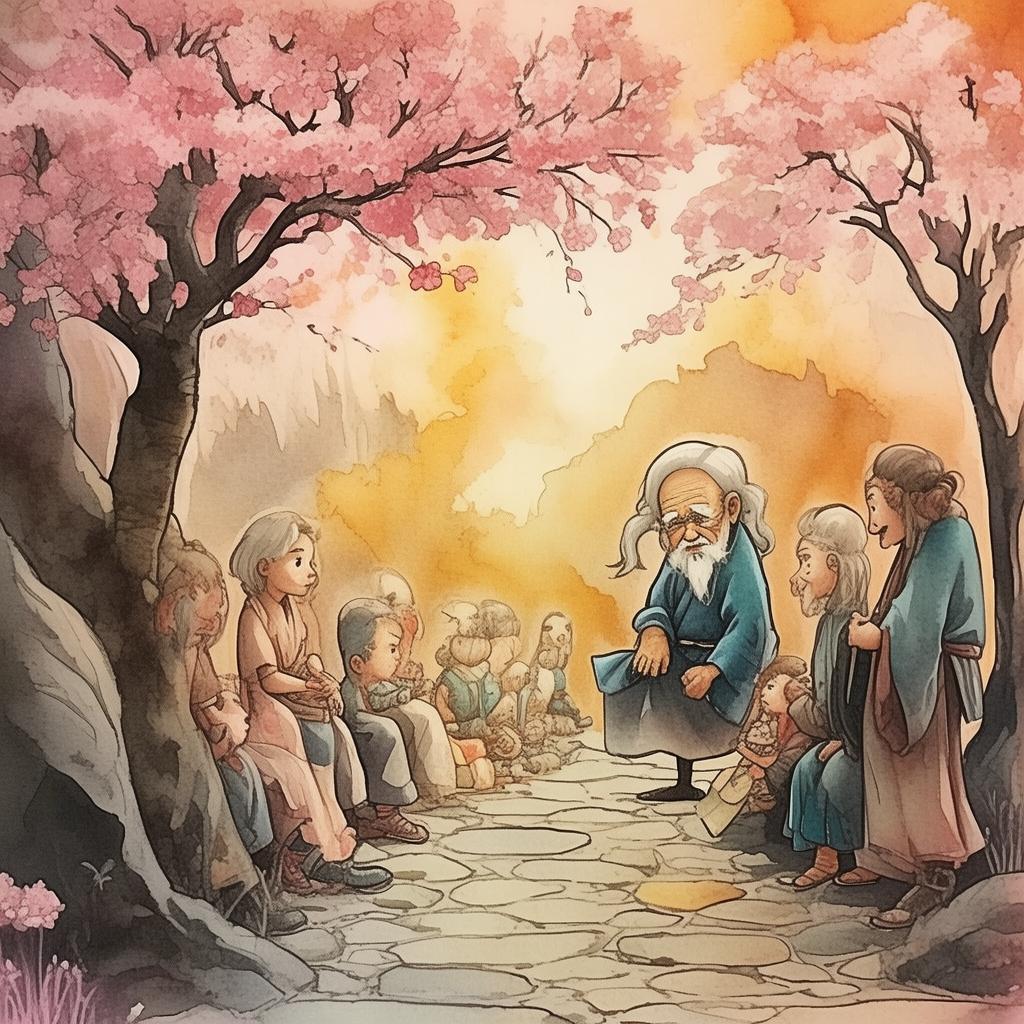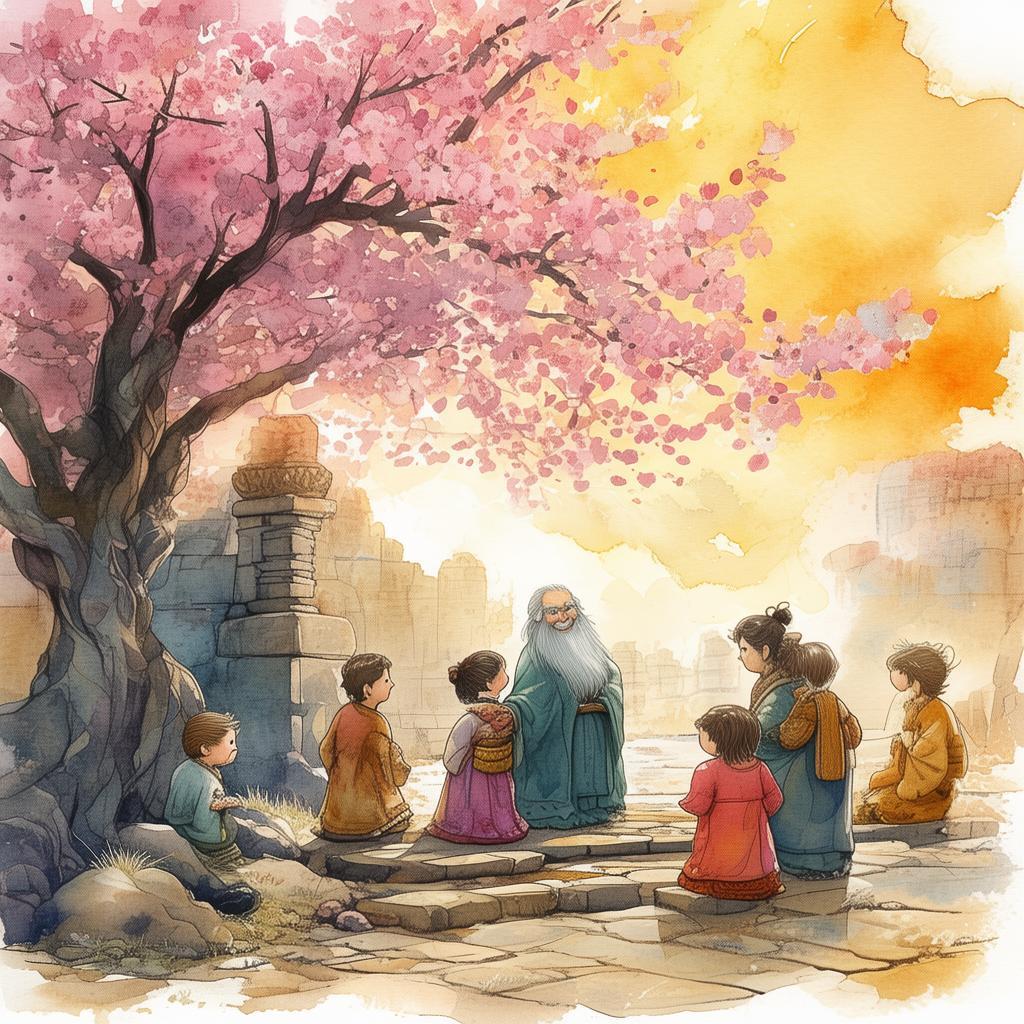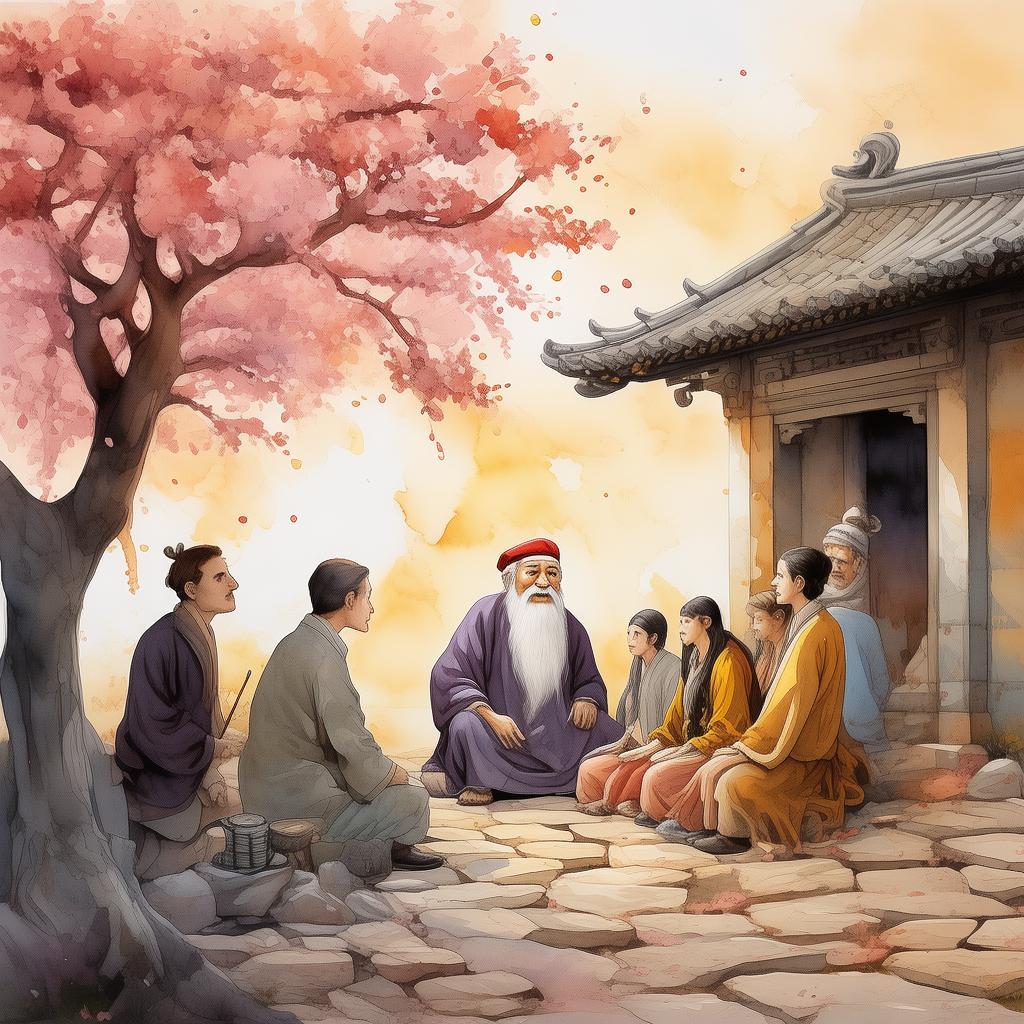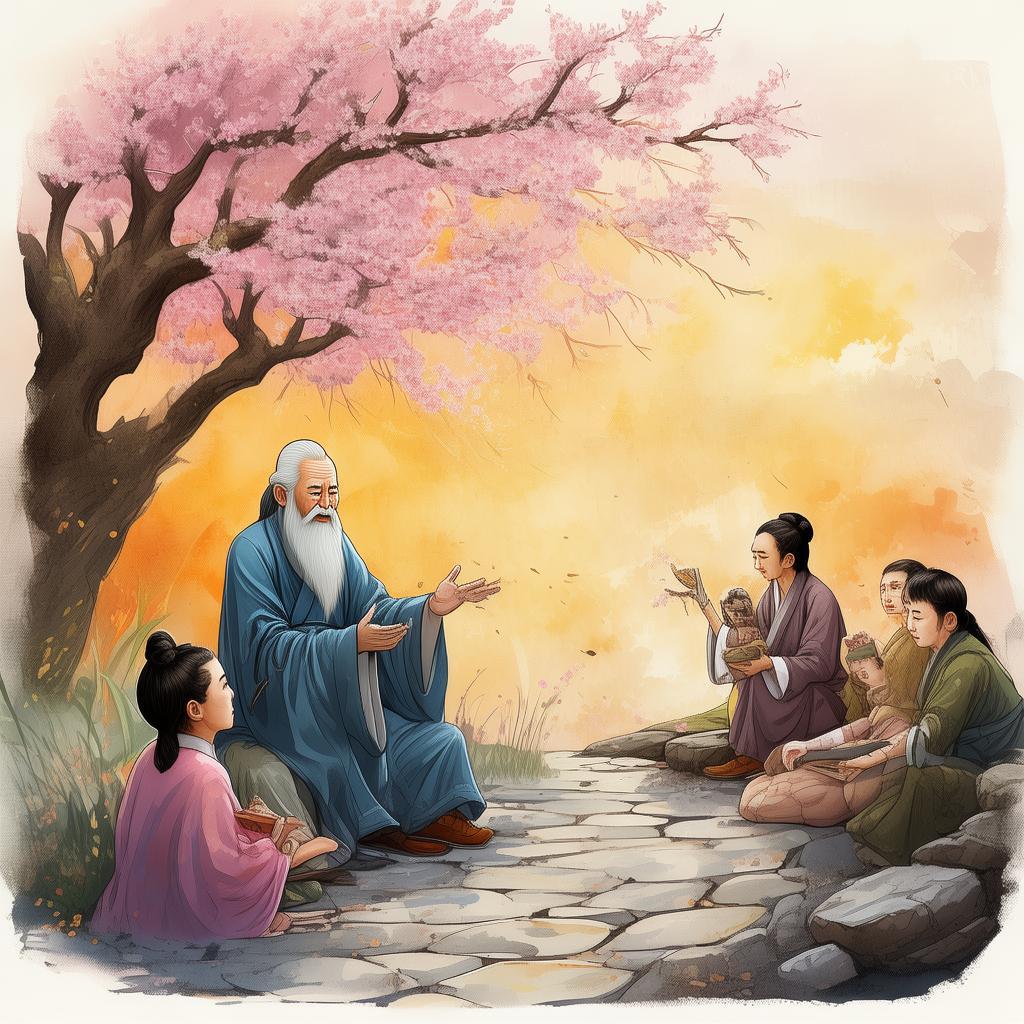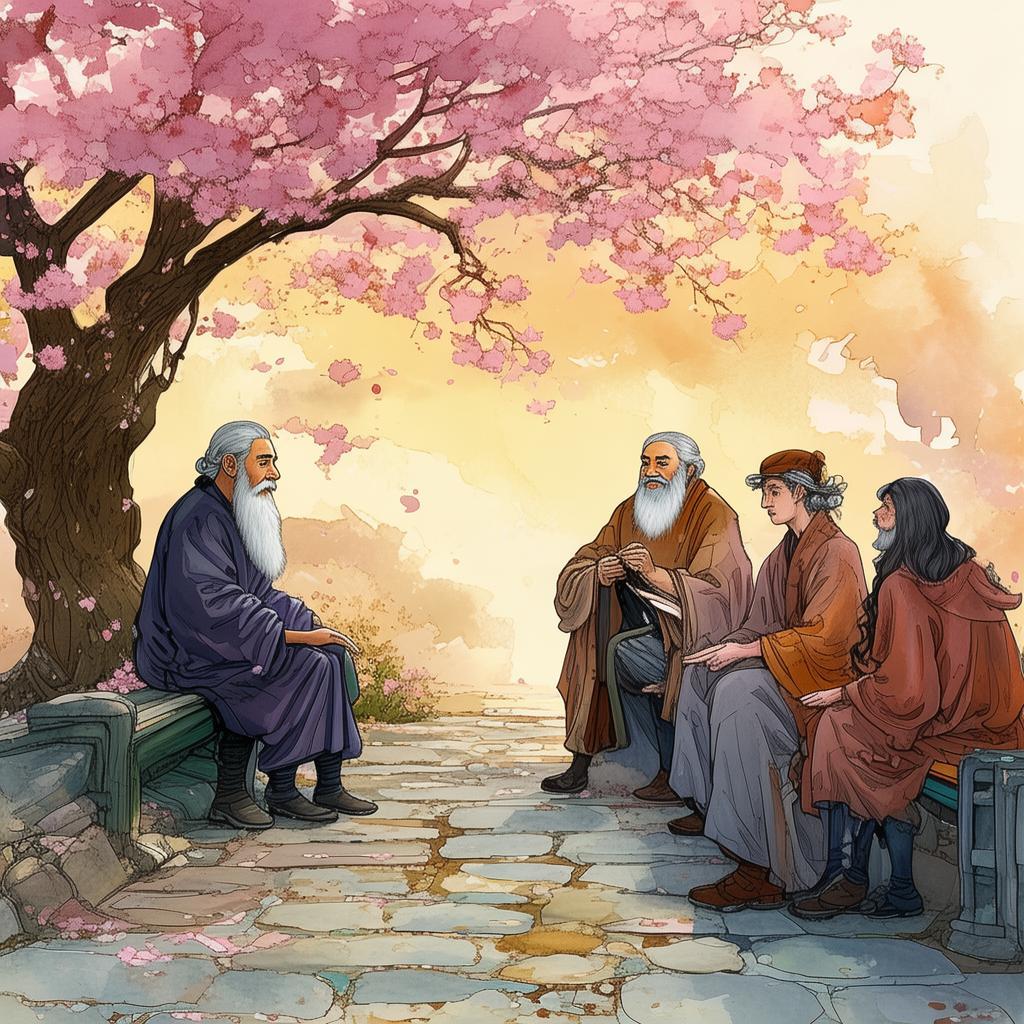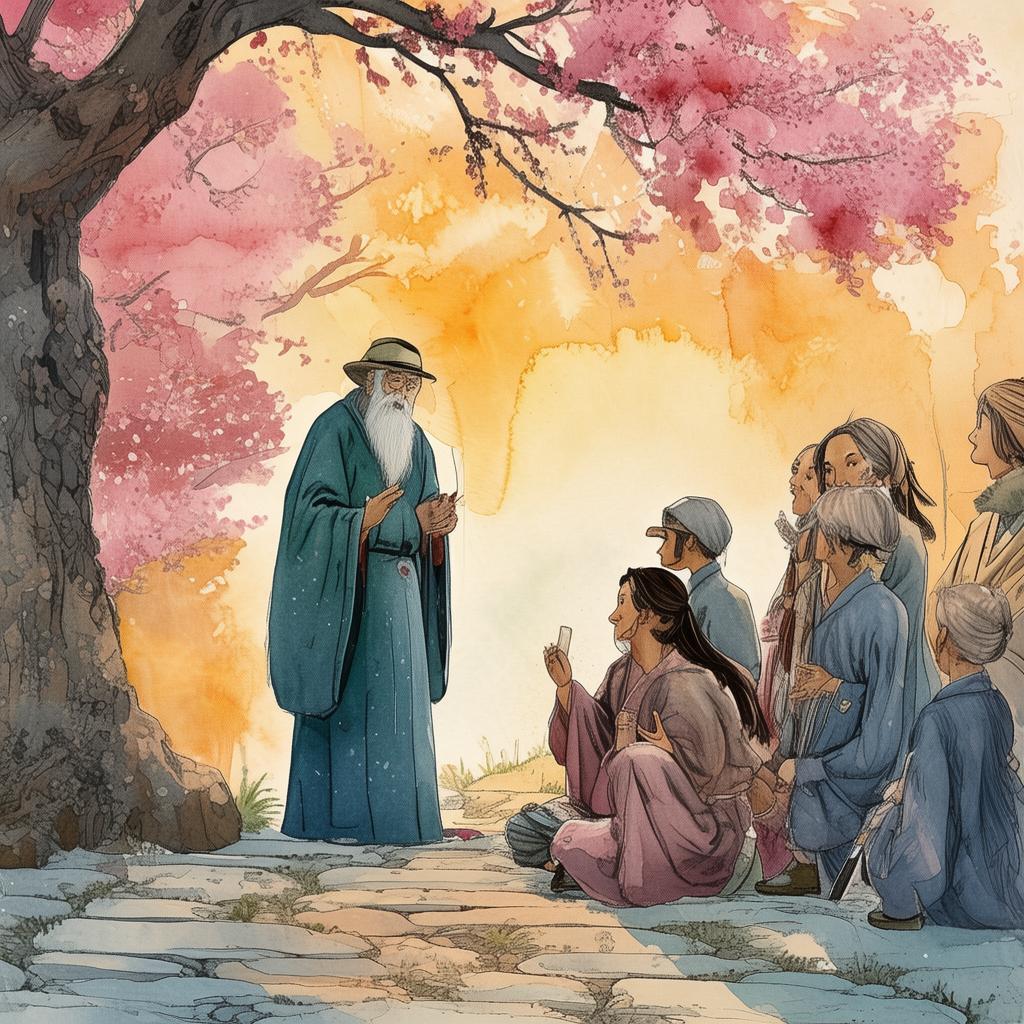The Starry Canvas: The Astronaut's Art in Zero Gravity
In the year 2145, humanity had reached the stars. The International Space Station, a marvel of human ingenuity, orbited Earth, serving as a hub for scientific research and space exploration. Among the astronauts aboard the ISS was a man named Liang Cheng, a renowned artist and the first Chinese astronaut to venture into the cosmos. His mission was to paint the starry canvas of space, capturing the beauty of the universe in a way that had never been seen before.
Liang Cheng had always been fascinated by the cosmos. As a child, he had gazed at the night sky, dreaming of the day he would see the stars with his own eyes. Now, as he floated in the microgravity of the ISS, he felt a profound connection to the universe that had captivated him for so long.
The concept for his art was simple yet profound: to paint the cosmos as it truly was, a vast, infinite space filled with wonder and mystery. He would use a special kind of paint that could adhere to the surface of the station, allowing him to create a masterpiece that would be visible from Earth.
As he began his work, Liang Cheng was struck by the unique challenges of painting in zero gravity. The paint would float away, and he had to learn to control it with delicate precision. He often found himself laughing as he tried to capture the delicate dance of the paint in the weightless environment, a stark contrast to the gravity-bound world he had known on Earth.
One evening, as he gazed out of the ISS window, he was inspired by a Chinese proverb that had long been a part of his life: "The journey of a thousand miles begins with a single step." This proverb resonated with him as he realized that his journey to paint the starry canvas had truly begun with his first brushstroke.
As the days passed, Liang Cheng's painting began to take shape. It was a tapestry of stars, galaxies, and nebulae, each brushstroke a testament to the beauty of the cosmos. He worked tirelessly, often staying up late into the night, his eyes reflecting the stars he was painting.
One day, as he was painting, he noticed something unusual. A small, unidentifiable object was floating near the station. It was moving, and it seemed to be heading straight towards him. Liang Cheng's heart raced as he realized that it could be a piece of debris from space, a potential threat to the ISS.
He quickly turned off his painting and prepared for the worst. But as the object drew closer, it became clear that it was not debris. It was a small, delicate sculpture of a foot, its toes pointing upwards, as if it were taking a step into the void. The sculpture was made of a material that reflected the stars, and it seemed to be part of a larger message.
Liang Cheng's curiosity got the better of him, and he reached out to touch the sculpture. As his fingers brushed against it, he felt a surge of energy. The sculpture began to glow, and a voice echoed in his mind: "This is the first step in a journey that will change the world."
The voice continued, "The cosmos is vast, and the possibilities are endless. Your art will inspire others to look up and see the beauty of the universe. It will remind them that they too can take a step into the unknown and create something extraordinary."
Liang Cheng was overwhelmed by the significance of the moment. He realized that his painting was not just a personal journey, but a message to humanity. It was a reminder that the universe was a place of endless wonder, and that each of us had the potential to explore and create.

With renewed determination, Liang Cheng finished his painting, a masterpiece that captured the essence of the cosmos. He named it "The Starry Canvas," a testament to the beauty and mystery of the universe.
As he shared his story with the world, Liang Cheng's painting became a symbol of human potential and the boundless possibilities of space exploration. It inspired a new generation of artists and scientists, reminding them that the journey of a thousand miles begins with a single step.
The story of Liang Cheng's painting in zero gravity spread like wildfire, resonating with people around the globe. It became a reminder that even in the vast expanse of space, the power of human creativity and curiosity could lead to extraordinary discoveries.
In the end, Liang Cheng's painting was not just a work of art; it was a symbol of hope, a testament to the enduring spirit of exploration, and a reminder that the universe is a canvas waiting to be painted with the brush of human imagination.
✨ Original Statement ✨
All articles published on this website (including but not limited to text, images, videos, and other content) are original or authorized for reposting and are protected by relevant laws. Without the explicit written permission of this website, no individual or organization may copy, modify, repost, or use the content for commercial purposes.
If you need to quote or cooperate, please contact this site for authorization. We reserve the right to pursue legal responsibility for any unauthorized use.
Hereby declared.
